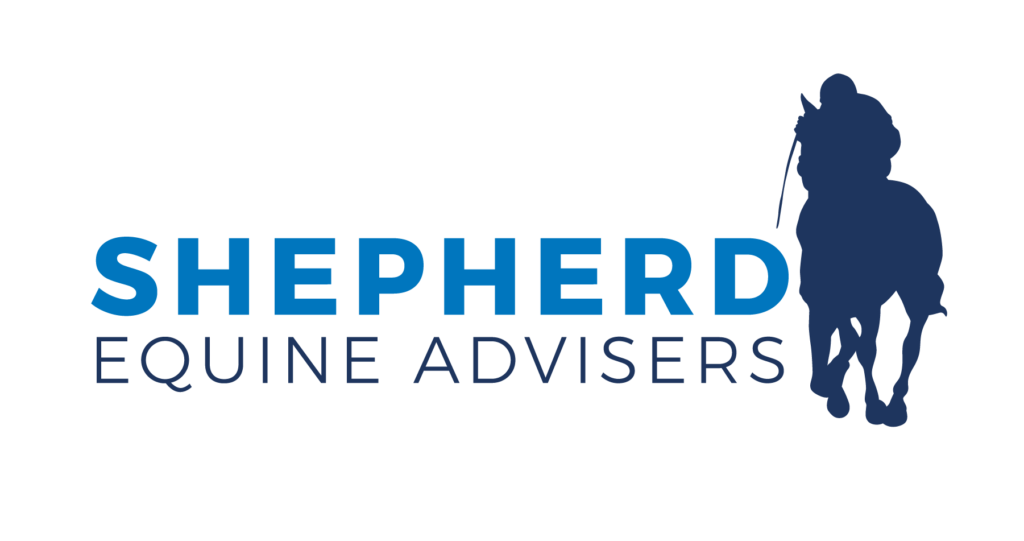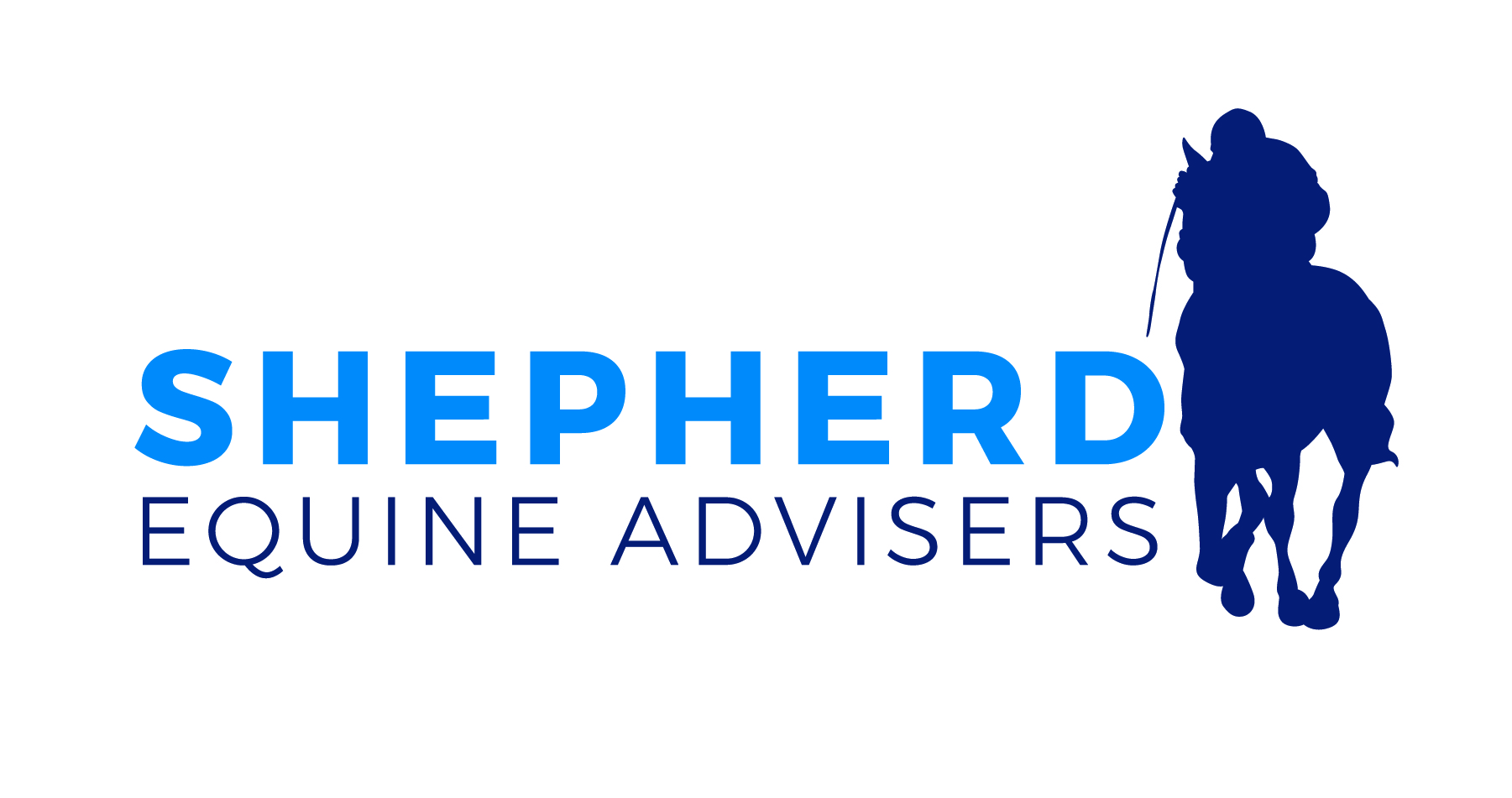Horse shares wrapped in tech still carry risk.
If you’re buying into a horse through a fractional ownership platform, don’t mistake easy access for safety.
Each share is still a bet on a living, breakable animal—managed by someone else, under terms you probably haven’t seen.
Think of it this way: you wouldn’t back a startup without knowing the team, the burn rate, and the business model. So why treat a horse any differently?
Here’s how to protect yourself before you invest.

Forget the horse photo. Start with the paperwork.
Before you get swept up by the highlight reel, ask a blunt question:
What exactly am I buying here?
Is it equity in a horse? A claim on future earnings? Or just a sliver of a company that happens to own a horse?
Can they issue more shares later? Do you get any say in how the horse is managed? What happens if they sell it tomorrow?
Here’s what to do:
- Ask for the offering circular or operating agreement.
- Look for terms like dilution, voting rights, or clawbacks.
- If they won’t share the documents, walk away.
If you don’t know the structure, you don’t know the risk.
Ask for the ugly horse data, then read it.
Platforms love to talk about bloodlines and “elite potential.”
But you want vet reports. All of them. Especially the ones that show issues because those are the ones that cost you money later.
For example: a horse with chronic hock injections is a ticking time bomb. So is one that needed surgery as a yearling. If that’s not disclosed up front, you’re not being treated like a partner. You’re being treated like a mark.
Same goes for the trainer’s stats. If they’ve got a 9% win rate and haven’t touched graded stakes in five years, that “top barn” label is just lipstick.
Ask direct questions. If they dodge, delete their number.
Who’s making the horse decisions and what’s in it for them?
You’re not just betting on a horse; you’re betting on people.
And people matter more.
Is the management team experienced with horses at this level? Have they actually won races or just sold shares? Do they profit only when you buy in or when the horse performs?
Here’s what to look up:
- Google their names with “horse racing” and “lawsuit.”
- Check their horses’ records on Equibase.
- Ask: “What’s a mistake you’ve made with a horse, and what changed after?”
If you get spin or silence, that’s your answer.
No audited financials? No deal.
If a platform handles your horse money, they need financials you can trust.
Not a dashboard.
Not a monthly email.
Audited by a third party. Reviewed at least once a year. Showing every dollar that comes in and goes out from acquisition to retirement.
Ask for:
- Full P&L from the past year.
- Breakdown of overhead and fees.
- Clarity on who gets paid when and how.
If their financial model is built on churn, meaning they make more from new investors than from horse performance, you’re not investing. You’re feeding a machine.
What’s the horse’s monthly burn rate?
Just like a startup, every horse costs money just to stand still.
Training, stabling, vet, transport, farrier; it adds up fast. You need to know what that monthly number is and how long it’s covered.
For example: if the horse costs $4,000/month and the syndicate only raised $20,000, that’s five months of runway. After that, they either do a capital call, cut corners or sell at a loss.
Ask:
- How many months are pre-funded?
- What happens if the horse needs surgery?
- Is insurance in place and what does it cover?
Most platforms won’t volunteer this. But if you ask, they have to answer.
Plan your exit before the horse ever races.
Here’s what no one talks about:
What happens if the horse flames out? Gets injured? Underperforms?
Can you resell your share? Is there a buyback? Or are you stuck watching updates from a horse that’s now a lawn ornament in Ocala?
Every deal needs a clean exit strategy. Not just for success but for failure.
Ask:
- How and when can I sell my stake?
- What’s the payout policy for breeding, claiming, or retirement?
- What happens if the LLC dissolves?
You’re not buying a jersey. You’re entering a contract. Treat it like one.
Think like a venture capitalist, not a horse fan.
This isn’t a tour of the paddock. It’s a high-risk asset class.
Most horses lose money. A few break even. One in fifty might pop. Your job is to filter for edge.
That means:
- Team with a track record.
- Financials that make sense.
- Transparency, not spin.
- Burn rate under control.
- Optionality on the exit.
If that sounds like startup vetting, good. That’s the mindset that wins here.
Final thought: In horse investing, you are the prize.
The platform wants your capital. That gives you power.
Use it.
Ask the hard questions.
Push past the marketing.
If they don’t respect that? They don’t respect you.
The best horse investors don’t chase dreams; they demand clarity.
So be the one in the room who knows the terms, not just the name of the colt.
Because in the end, this isn’t just about the horse. It’s about how you play the game.







Recent Comments